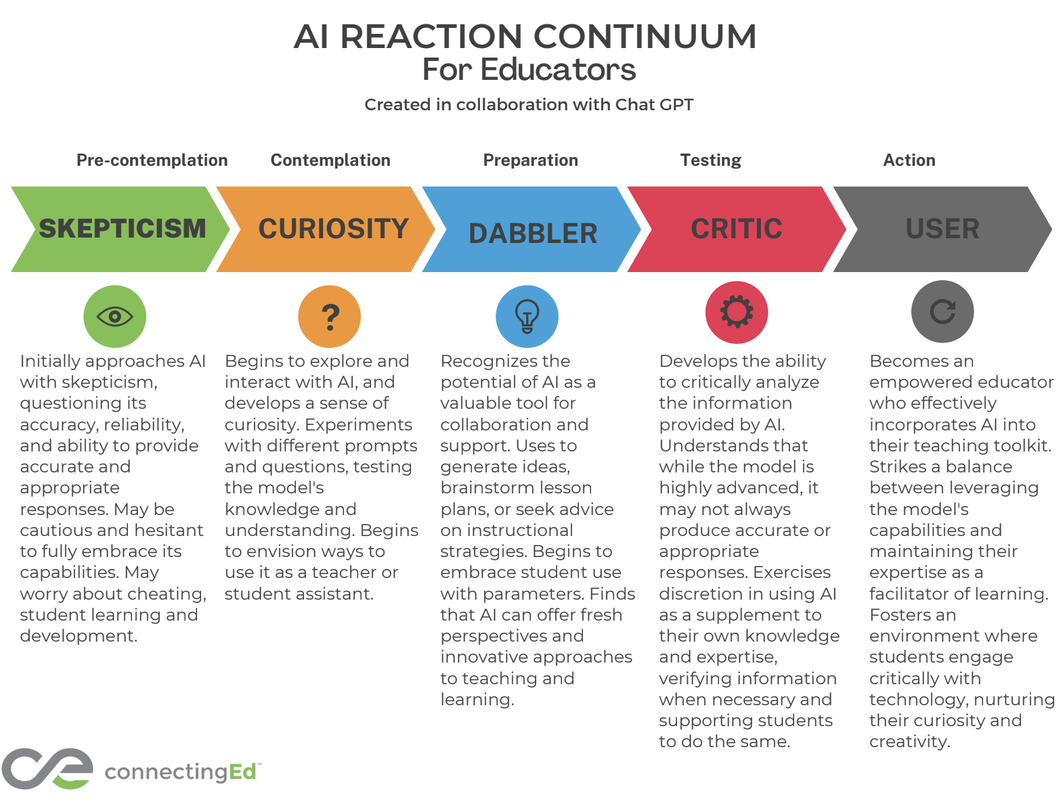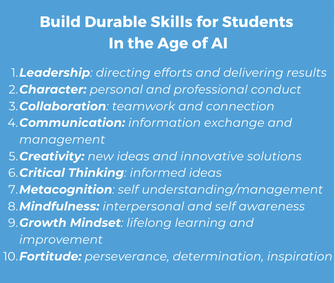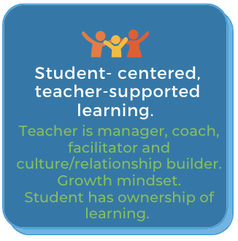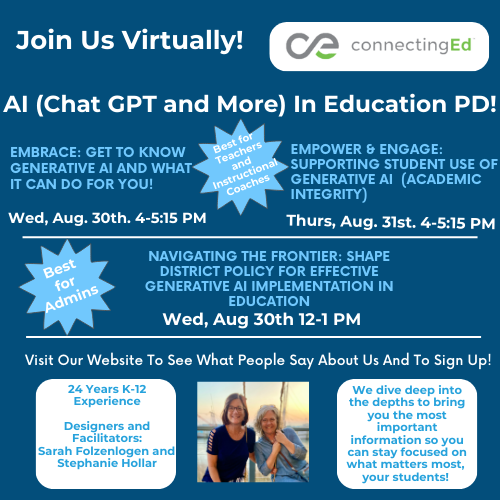Check out these five engaging strategies for teachers to collect important feedback from their students while fostering a culture of ownership as the year comes to an end.
- Emoji Reflections: Kick off each final class with a reflective emoji check-in. Ask students to choose emojis that represent their overall school year experience, including aspects like their understanding of the material, engagement level, and emotional state. This visual feedback sets a positive tone for reflection and encourages students to express themselves succinctly.
- Memorable Exit Tickets: Wrap up the last few classes with exit tickets that prompt students to reflect on the entire school year. Instead of focusing solely on content comprehension, ask questions that encourage students to reminisce about their favorite moments, challenges they overcame, and lessons they learned. This reflective exercise helps students recognize their growth and achievements throughout the year.
- Year-End Student-Led Reviews: Shift the spotlight onto students by hosting end-of-year student-led reviews. Allow students to showcase their work, highlight their progress, and reflect on their personal learning journeys. By guiding their own assessments, students develop a deeper sense of responsibility for their academic growth and are empowered to set goals for future success.
- Interactive Farewell Surveys: Use digital polling platforms, like https://ahaslides.com/ to gather feedback on the overall school year experience. Invite students to share their opinions on various aspects of their learning environment, from teaching methods to classroom dynamics.
- Celebratory Gallery Walks: Transform feedback gathering into a celebratory event with a gallery walk showcasing students' achievements from the year. Allow students to display their favorite projects, assignments, and accomplishments around the classroom. Encourage peers to leave positive feedback and affirmations, fostering a sense of community and recognition for everyone's efforts.





